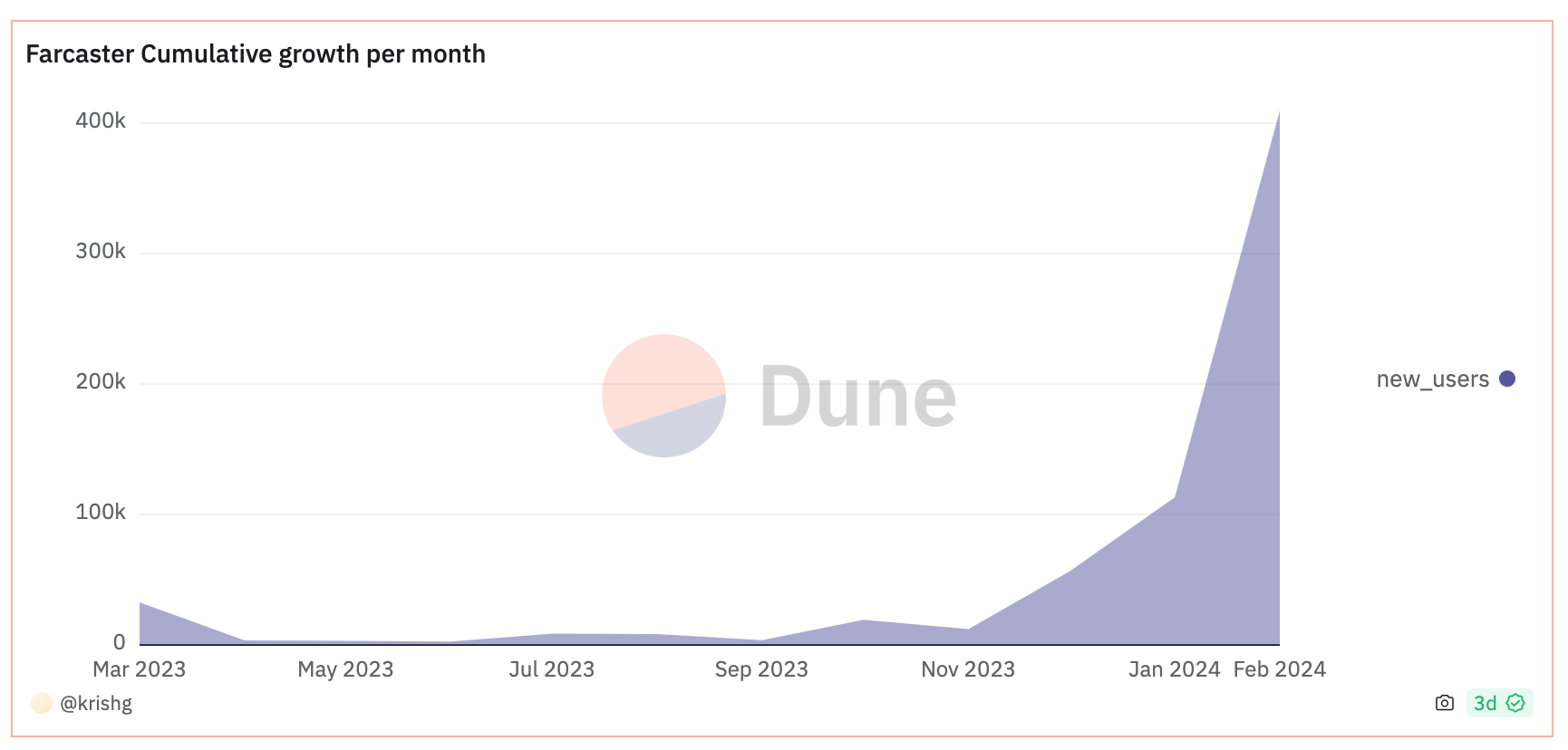Have you ever used a new product and got the feeling that the experience signifies the beginning of something new?
Sometimes the new product might be category-defining. Like when the Apple iPhone first launched. Sometimes the product does the same thing as similar offerings, but does it better or in a way that makes it feel next level, like driving a Tesla.
Right now, the category-defining, beginning of something new feeling is happening across the crypto/web3 space. The most interesting aspect? It’s not just one product or in one vertical, instead there’s a synergy. Several products launching all at once — or at least finding the right market fit all at once.
This past week, we took a look at two examples that help illustrate a new kind of crypto/web3 product market fit. We focused on new developments in the decentralized social media space. Innovating in social media has massive potential. After all, there are 5 billion active social media users in the world.
It also represents a massive opportunity to onboard people deeper into crypto and decentralized finance systems.
Building a new kind of social media experience is multi-faceted. To be truly decentralized requires new internet infrastructure. It also creates new opportunities or new ways of engaging or interacting — this is what the first post is about this week.
Maybe the biggest challenge is figuring out how you authenticate or verify users in a way that allows people to maintain control and ownership over their profile and data — this is what the second post is about this week.
Farcaster and decentralized social media

For years, it feels like, proponents of the push toward decentralization talked about social media as a prime target for a near-perfect candidate for disruption. After all, the downsides of corporate-owned social media — surveillance, misinformation, platform risk, censorship, etc. — are problems best solved by breaking apart centralized nodes of power.
But the push past monolithic media has always felt very hypothetical. Part of the reason is that early attempts at decentralized social media were hard or confusing, making for a poor user experience. This combo means that the likelihood of mainstream adoption felt like a long shot.
After all, because social media requires network effects and adoption only works at scale, new platforms need some kind of new feature set to make platform switching costs feel worth it.
All of this is context to explain why the recent success of Farcaster is a big deal.
Check out the full post about what Farcaster is and why it’s so interesting:

Farcaster is a protocol or infrastructure layer that enables decentralized social media. One of the earliest and most popular Farcaster applications is called Warpcast. The interesting thing about Warpcast is that on the surface it looks and feels very much like a Twitter clone. Except, Warpcast, even in its early days, is way more interactive.
Right from a feed, people can mint non-fungible tokens, and take actions like subscribing to an external newsletter or interacting with a brand — all of which is very fun and interesting. But maybe the most important part of what the Farcaster team is developing is that users own their profiles.
It’s like having a wallet full of personal data that you can safeguard, move to another platform, leverage for other opportunities, or even sell.
Ethereum name service and internet ownership
One of the main components that makes Farcaster so interesting is the ability to connect it to an Ethereum Name Service (ENS) handle for easy authentication.
ENS connects human-readable handles to Ethereum addresses. (I can use danielmcglynn.eth, for example, instead of a long string of numbers and letters as my identifier).
It also makes for a great way to confirm and verify a social media profile while also enabling full user control, which makes it a great fit for decentralized social media like Farcaster.
Check out the full post on ENS and why its so significant:

Maybe the most interesting aspect of the ENS <> Farcaster combo is that it shows the power and potential of permissionless, open, and composable systems.
The takeaway: What follows product market fit?
In a lot of ways, there’s a feeling like basic building blocks are starting to fit together.
The products might still feel basic, but that’s also another way of saying foundational. After all, if you think back to the iPhone example — the iPhone not only launched a new hardware category, but it also created an entirely new economy of mobile apps that ingested and presented individual user data, or allowed communication at a scale and resolution not possible before.
And that’s the same sense with what’s happening now with the synergy of products launching now. It’s not so much that Farcaster is game-changing by itself — but it’s the idea that we are seeing the introduction of a new kind of category that will likely create new economies and new ways of communicating.
If nothing else, it feels like all of the product development over the past handful of years will likely result in real product adoption in the next cycle — and not just speculative market adoption.
Nevertheless, we are still early in the product market cycle. Growth and scale from here have its own set of opportunities and its challenges.
Until next week,
Product market fit and why this cycle will be different
This issue takes a dive into innovations happening across decentralized social media.